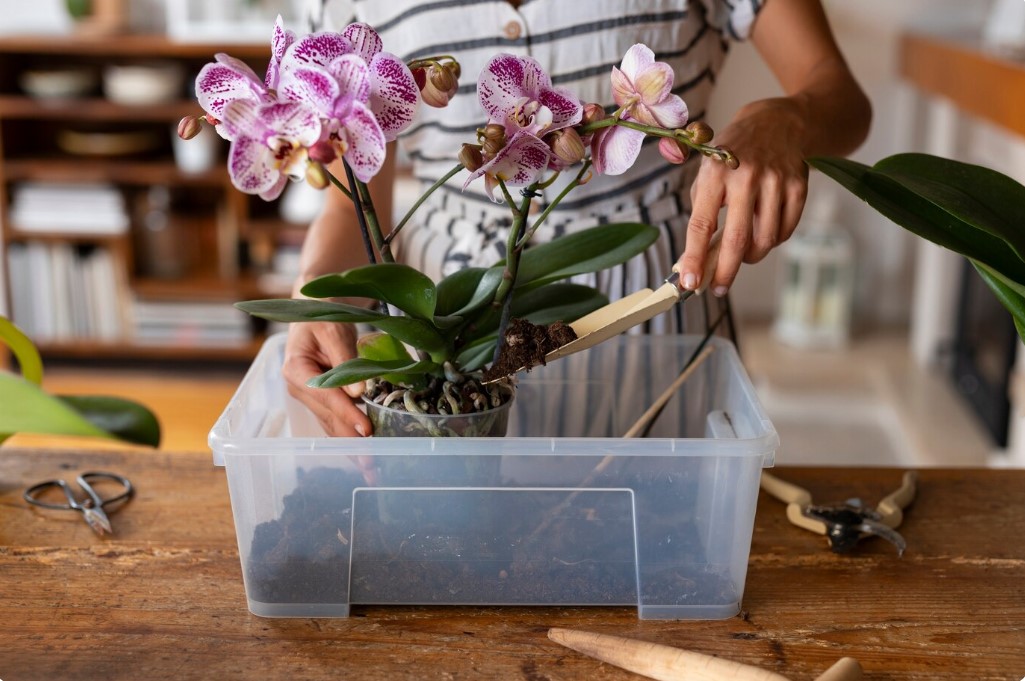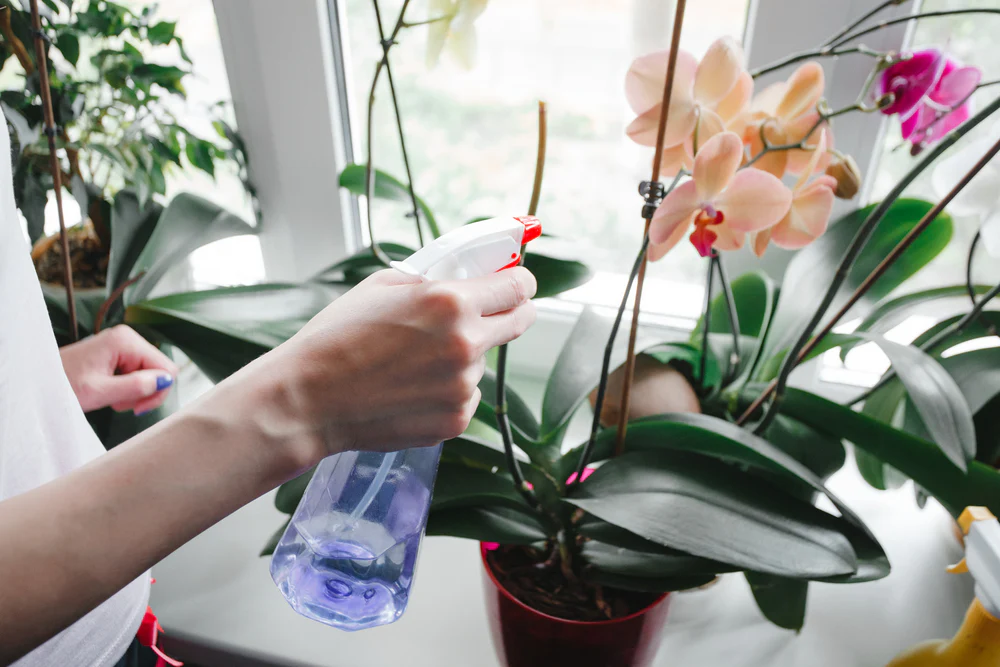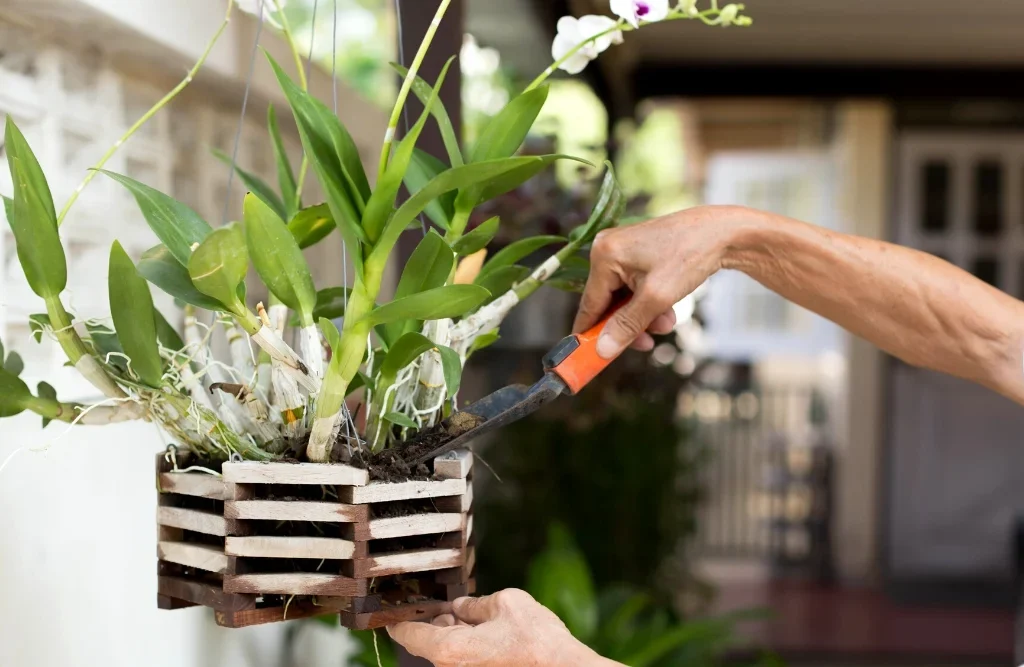Orchids are one of the most beautiful and exotic flowering plants in the world. Known for their elegant blooms, intricate shapes, and striking colors, these plants have captured the hearts of gardeners and indoor plant lovers alike. However, many people find orchids intimidating to care for, especially when it comes to fertilizing.
Understanding how to properly fertilize orchids is essential for promoting healthy growth, vibrant flowers, and consistent blooming cycles. In this comprehensive article, we’ll explore everything you need to know about fertilizing orchids — from choosing the right type of fertilizer to knowing when and how often to apply it.
Why Is Fertilizing Important for Orchids?

In their natural habitat — rainforests, jungles, and tropical woodlands — orchids grow on trees, rocks, or soil with a constant supply of organic matter from decaying leaves, rainwater, and other natural debris. This environment provides a steady stream of essential nutrients.
When grown indoors or in controlled environments, orchids rely on gardeners to supply these nutrients. Fertilizing ensures that the plants receive:
- Essential macronutrients: Nitrogen (N), Phosphorus (P), and Potassium (K)
- Micronutrients: Calcium, Magnesium, Iron, Zinc, Manganese, and Boron
- The energy needed for leaf development, root growth, and flower production
Without proper fertilization, orchids may display slow growth, weak roots, yellowing leaves, and poor or infrequent blooming.
What Type of Fertilizer Is Best for Orchids?

Orchids have specific nutrient needs that differ from typical houseplants. Most experts recommend using a balanced, water-soluble fertilizer formulated for orchids.
Orchid Fertilizer Types:
- 20-20-20 Balanced Fertilizer: Equal parts Nitrogen, Phosphorus, and Potassium for overall growth.
- 30-10-10 Fertilizer: Higher Nitrogen content, ideal for promoting leaf and root growth in young or newly repotted orchids.
- 10-30-20 Bloom Booster: Higher Phosphorus content encourages flower spike development and blooming.
Note: Always look for fertilizers labeled “orchid food” or “orchid fertilizer,” as these are specially designed with the correct nutrient ratios.
How Often Should You Fertilize Orchids?

The frequency of fertilizing orchids depends on the plant’s growth cycle and the strength of the fertilizer.
Standard Rule:
“Weakly, weekly.”
Use a diluted fertilizer solution at ¼ to ½ of the recommended strength every week during the active growing season (spring and summer).
During the plant’s dormant period (fall and winter), reduce feeding to once a month or stop completely, depending on the orchid species and growing conditions.
Fertilizing Schedule Based on Orchid Growth Cycle

| Growth Stage | Fertilizing Frequency | Type of Fertilizer |
|---|---|---|
| New growth emerging | Weekly, diluted to ¼–½ strength | 20-20-20 or 30-10-10 |
| Before/during blooming | Every 1–2 weeks, ½ strength | 10-30-20 bloom booster |
| Dormancy (winter) | Once a month or suspend feeding | None or very weak mix |
How to Fertilize Orchids Properly

Fertilizing orchids involves more than simply adding plant food to the pot. The right technique ensures that nutrients are absorbed effectively without causing harm to the plant or roots.
Step-by-Step Guide:
- Water First: Always water the orchid thoroughly with plain water before applying fertilizer. This prevents root burn caused by concentrated nutrients.
- Prepare Diluted Fertilizer: Mix the fertilizer at ¼–½ of the label’s recommended strength with lukewarm water.
- Apply Evenly: Pour the diluted solution over the orchid’s potting medium until it runs out of the drainage holes.
- Drain Excess Water: Ensure the pot drains completely to avoid waterlogged roots.
- Clean Leaves (Optional): Mist the leaves occasionally with a very weak fertilizer solution (⅛ strength) for foliar feeding, but avoid letting water collect in the crown of the plant.
What Are the Signs of Over-Fertilizing Orchids?
Over-fertilizing is a common mistake that can damage orchids rather than help them. Symptoms of over-fertilizing include:
- Brown, dry root tips
- Leaf tip burn or yellowing
- Salt buildup (white crust) on the potting medium surface
- Stunted growth or leaf drop
Prevention Tip:
Flush the orchid’s potting medium with plain water once a month to wash away excess fertilizer salts.
Organic Fertilizer Options for Orchids
For gardeners preferring natural methods, organic fertilizers offer a gentler, sustainable option. Some effective organic choices include:
- Fish emulsion: Rich in Nitrogen for leafy growth
- Seaweed extract: Contains trace minerals and growth hormones
- Compost tea: Provides a balanced, mild nutrient mix
- Diluted worm tea: Supplies beneficial microbes and nutrients
Note: Organic fertilizers should still be diluted and applied cautiously to avoid overfeeding.
Fertilizing Different Orchid Species
Not all orchids have identical needs. While general guidelines apply, it’s helpful to adjust your fertilizing routine based on the specific type of orchid:
| Orchid Type | Fertilizer Preference | Feeding Notes |
|---|---|---|
| Phalaenopsis | Balanced 20-20-20; bloom booster when spiking | Light feeders; avoid over-fertilizing |
| Cattleya | High Nitrogen during growth; Bloom booster for flowering | Requires bright light for nutrient absorption |
| Dendrobium | Regular feeding in summer; minimal in winter | Benefits from monthly flushing |
| Oncidium | Regular feeding; balanced or bloom formula | Water heavily before fertilizing |
| Vanda | Frequent, diluted feeding year-round | Needs high humidity and strong light |
Common Fertilizing Mistakes to Avoid
- Using too strong a concentration: Always dilute fertilizer to avoid burning delicate orchid roots.
- Feeding dry roots: Wet the roots before applying fertilizer.
- Fertilizing during dormancy: Most orchids rest in winter and don’t need frequent feeding.
- Ignoring salt buildup: Flush the medium monthly with plain water.
- Using generic houseplant fertilizer: Orchids have unique nutrient needs best met with specialized formulas.
Conclusion
How do you fertilize orchids?
Successfully fertilizing orchids involves choosing the right type of orchid fertilizer, applying it at the proper dilution, and timing it according to the plant’s growth cycle. The rule of “weakly, weekly” during active growth ensures steady nutrient availability without overwhelming the sensitive root systems.
Key Takeaways:
- Use a balanced, water-soluble fertilizer or bloom booster for orchids.
- Dilute fertilizer to ¼–½ strength and apply weekly in the growing season.
- Water orchids first to protect roots before fertilizing.
- Flush potting media monthly to prevent salt buildup.
- Adjust frequency and strength based on species and season.
With careful feeding and attention to your orchid’s needs, you’ll enjoy lush, green foliage and spectacular blooms year after year — a rewarding experience for every gardener.





